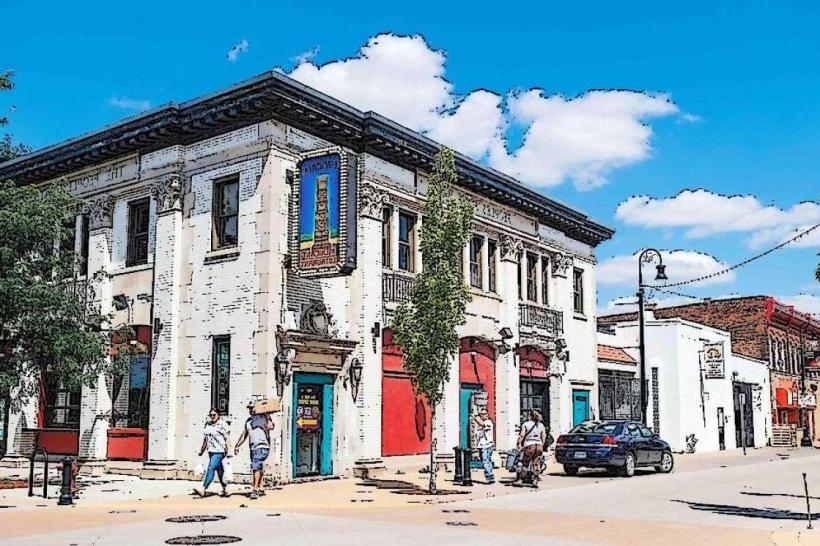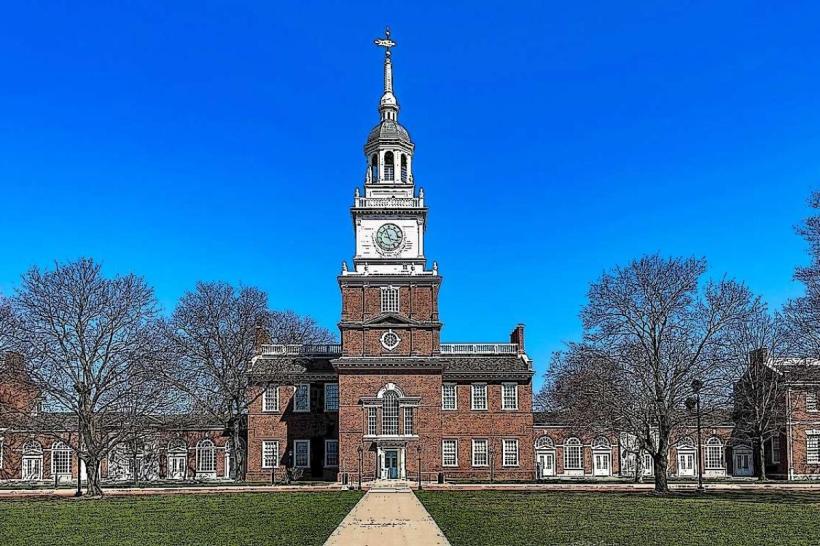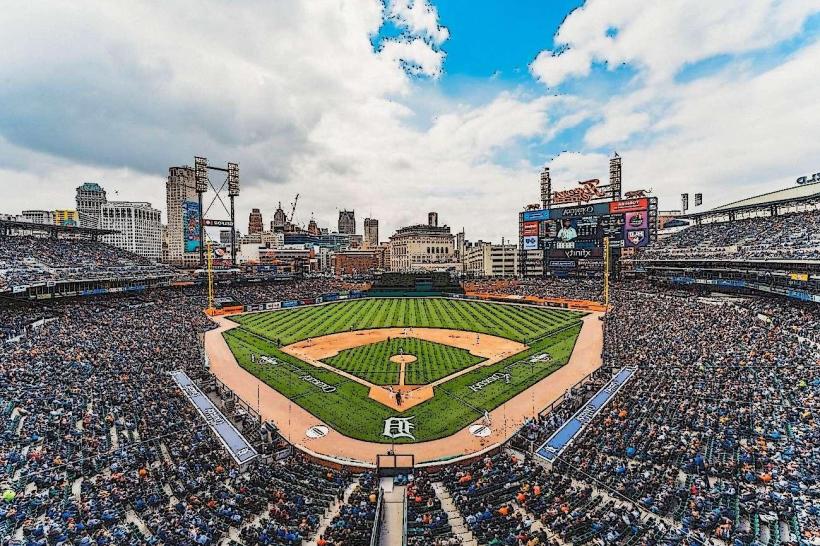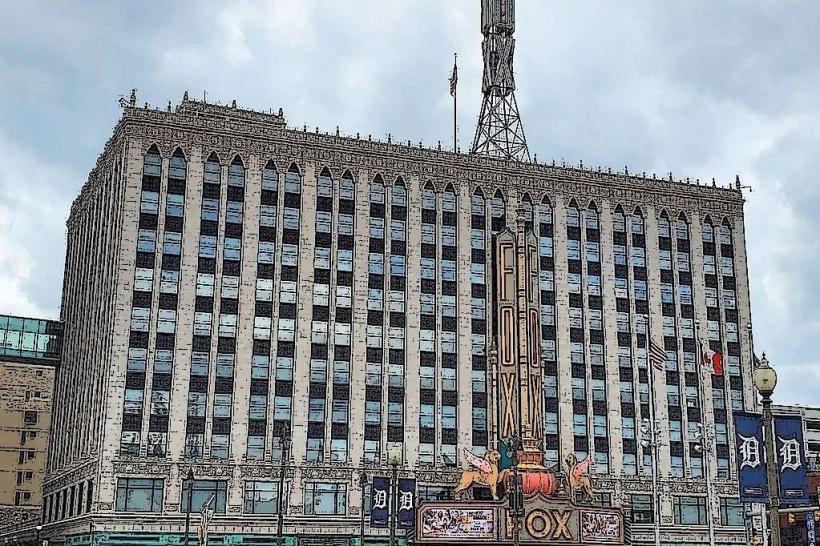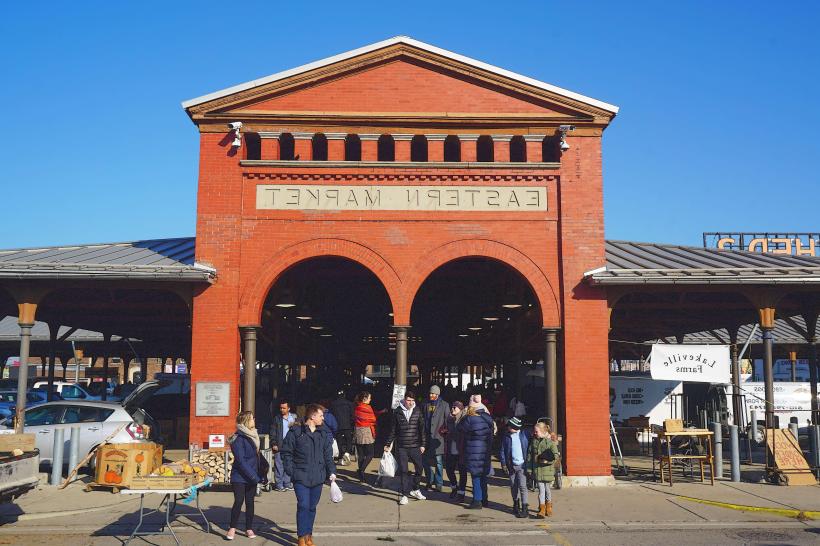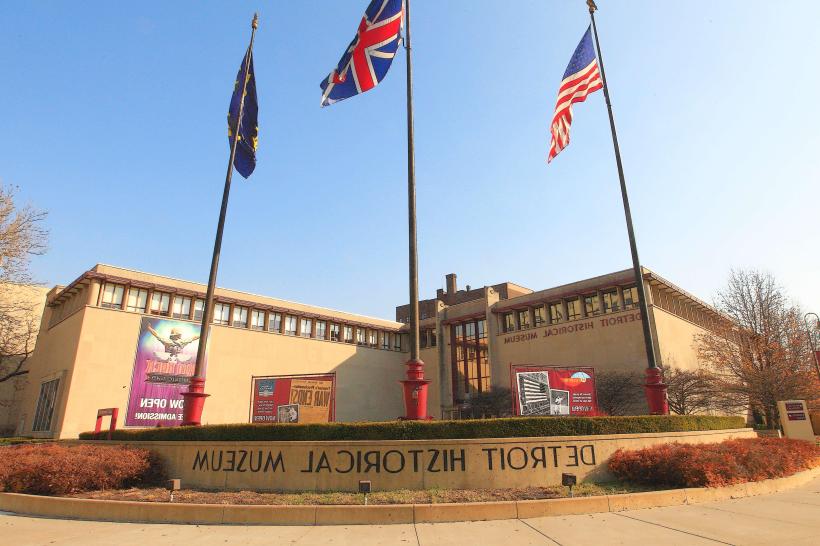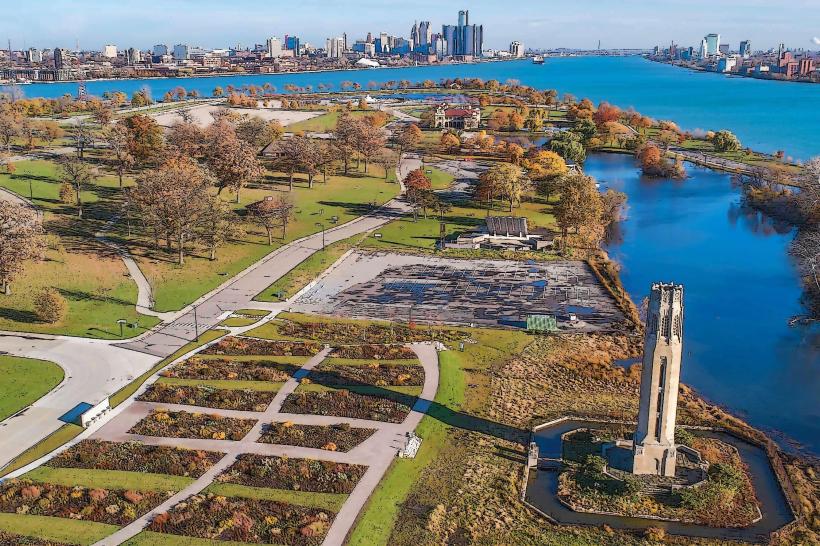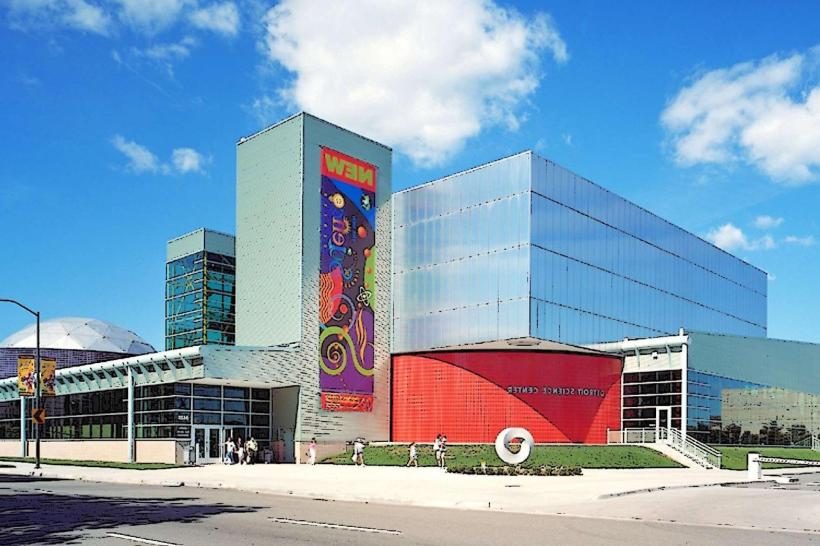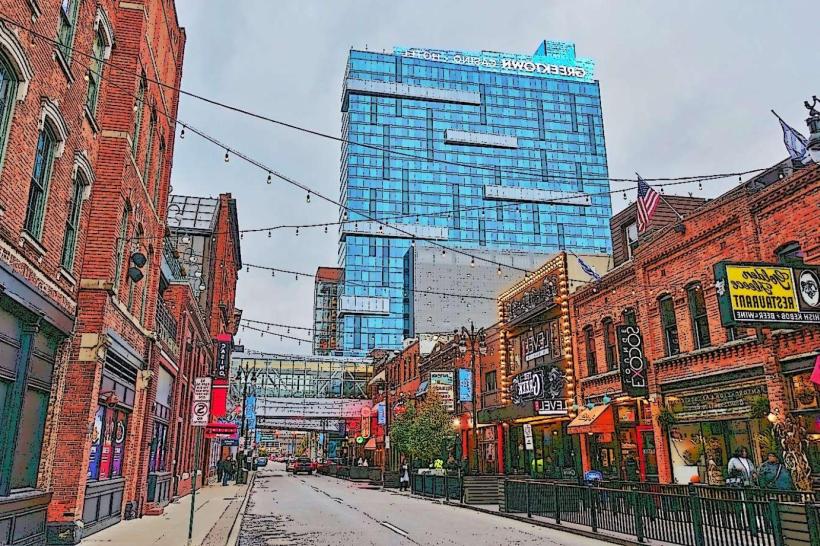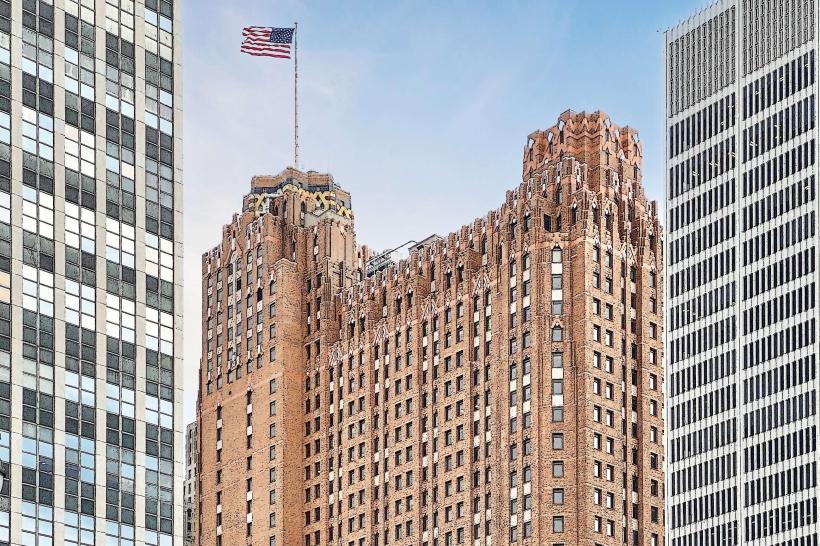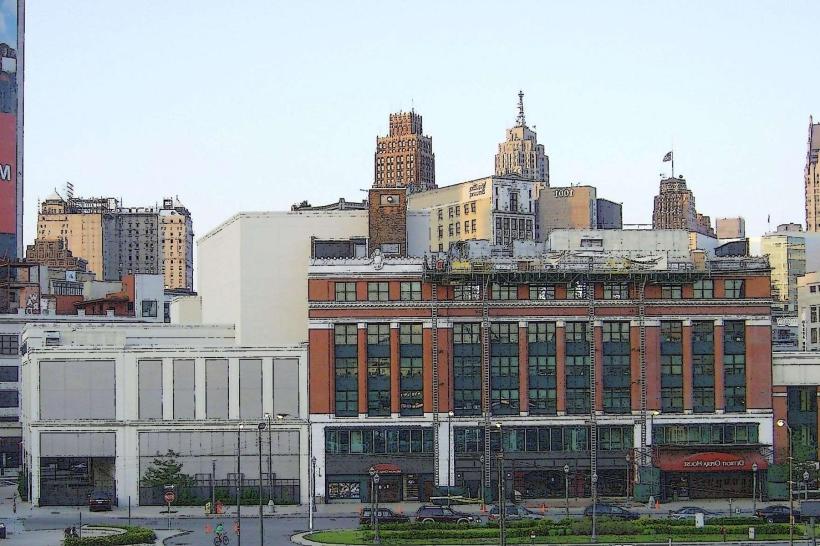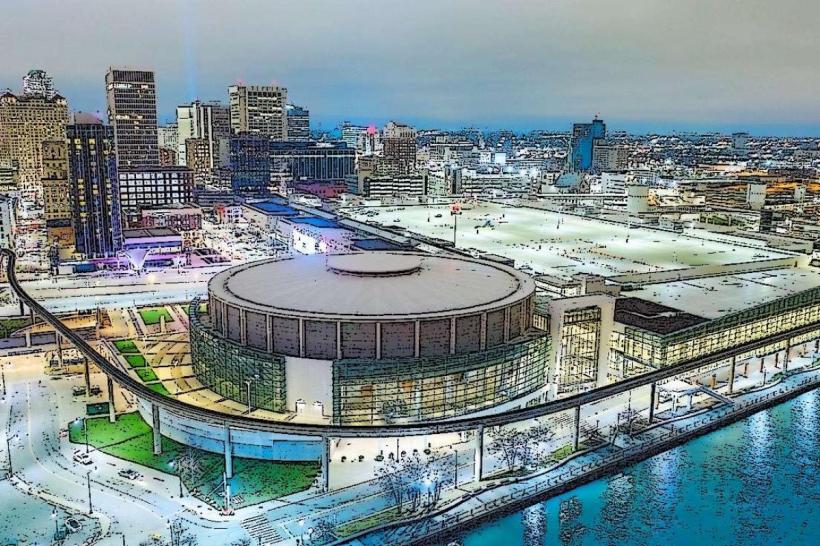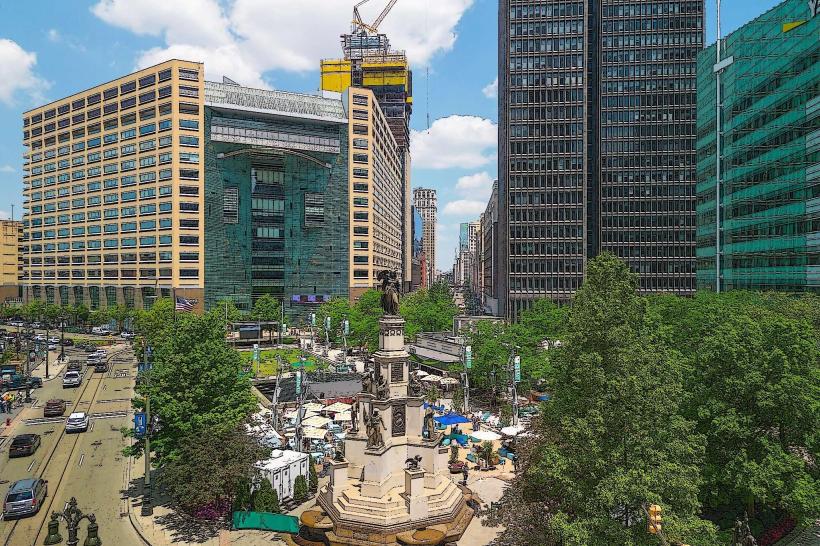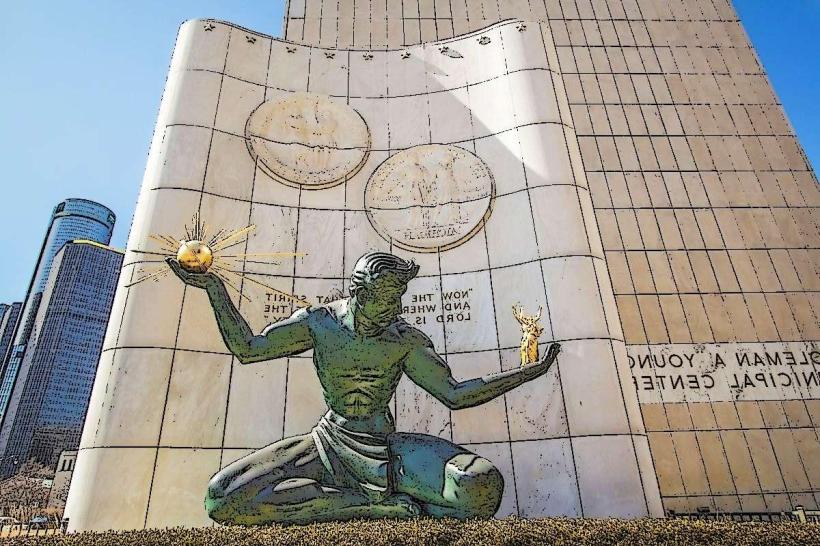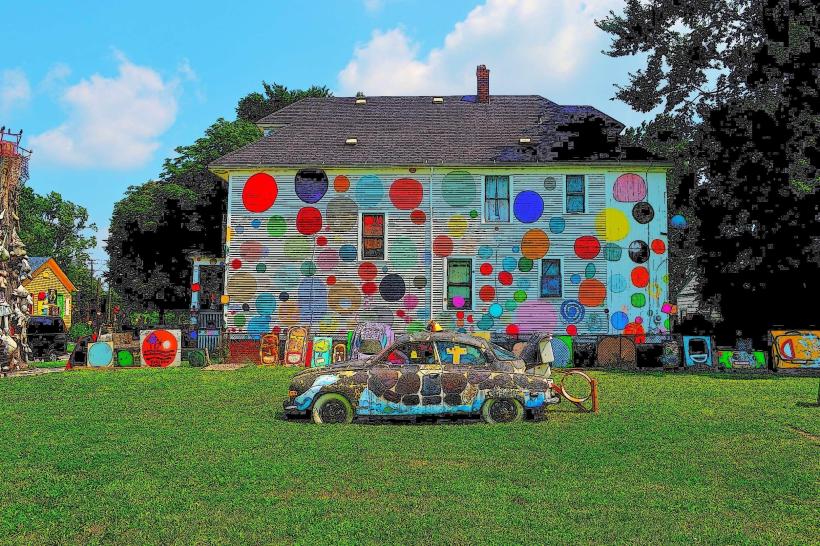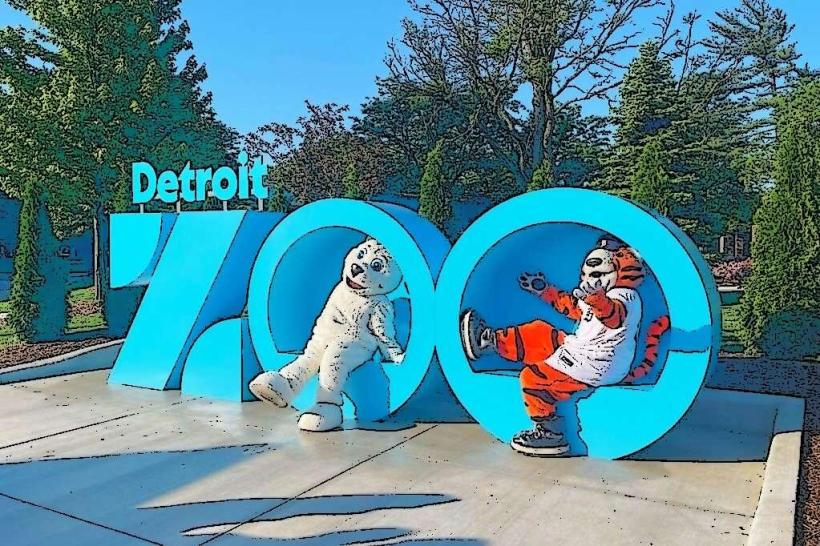Information
Landmark: Detroit Institute of ArtsCity: Detroit
Country: USA Michigan
Continent: North America
Detroit Institute of Arts, Detroit, USA Michigan, North America
Overview
The Detroit Institute of Arts ranks among the nation’s most significant museums, with galleries that span everything from ancient carved stone to bold, modern canvases, and in Midtown Detroit, Michigan, it stands as a cultural anchor for the city and the wider Great Lakes region, its doors opening onto streets alive with music and chatter.The DIA holds over 65,000 artworks, tracing human creativity from ancient stone carvings to modern installations, and covering nearly every major civilization and artistic movement, equally important the museum first opened its doors in 1885 as the Detroit Museum of Art, welcoming visitors to echoing halls lined with freshly hung paintings.It first settled into a brick building on Jefferson Avenue, right in the heart of downtown Detroit, meanwhile as Detroit’s industrial economy surged and the museum’s collection quickly outgrew its space, a novel site was chosen; in 1927, the DIA opened its doors on Woodward Avenue, where limestone columns gleamed in the afternoon sun.Architect Paul Philippe Cret designed this Beaux-Arts-style building, blending crisp classical symmetry with a practical layout that made every doorway feel deliberate, after that over the decades, the museum went through several renovations and expansions, the biggest in 2007, when radiant contemporary galleries opened and visitor areas felt fresh and welcoming.The building’s architecture feels like art-sleek lines catching the late afternoon light, on top of that the white marble façade gleams in the sunlight, and the inscription above the main doors-“Dedicated by the People of Detroit to the Knowledge and Enjoyment of Art”-makes the museum’s democratic mission clear.Step inside and you’ll find a sweeping layout with soaring gallery ceilings, skylights spilling soft daylight, and ornate details that echo the grandeur of a European palace, then at the museum’s center lies the Diego Rivera Court, a sparkling atrium where the bold Detroit Industry Murals stretch across the walls, framed by galleries filled with world-class art from every corner of the globe, somewhat Area 1 of the Signature Collection, along with the European Paintings gallery ranks among the DIA’s most treasured spaces, with canvases that glow under soft museum light.You’ll find masterpieces here by legends like Rembrandt van Rijn, Peter Paul Rubens, Caravaggio, Claude Monet, and Vincent van Gogh-his *Self-Portrait* from 1887, one of the first Van Gogh pieces ever bought by a U, as a result s.Museum-alongside Henri Matisse’s luminous *The Window* from 1916, after that at the DIA, you’ll find a rich array of American paintings, sculptures, and decorative arts, from Colonial-era portraits to sleek modern designs.You’ll glimpse portraits by John Singleton Copley, sweeping landscapes from Thomas Cole and the Hudson River School, and vivid works by Georgia O’Keeffe, Diego Rivera, and Charles Sheeler, besides painted between 1932 and 1933, Diego Rivera’s 27 Detroit Industry frescoes fill the DIA’s walls with bold, intricate scenes and remain its most celebrated attraction.The museum commissioned Rivera, and Edsel Ford-Henry Ford’s son-footed the bill, then dazzling, sprawling murals capture Detroit’s bustling industrial days, with scenes from the Ford River Rouge Plant-men in grease-stained overalls bent over roaring machines.Blending themes of labor, machines, class, and technology, the murals honor the worker’s grit while taking a sharp glance at capitalism’s modern edge, to boot rivera saw them as the best component he’d ever created, like colors coming alive under his brush.Number four, moreover african, Islamic, and Asian Art features a rich African collection with ritual masks, carved sculptures, vibrant textiles, and a few striking contemporary works.The Islamic collection showcases vivid Persian miniatures, Qur’anic manuscripts, and ceramics and metalwork etched with delicate, curling patterns, meanwhile in the Asian section, you’ll find standout Chinese, Japanese, Korean, and Indian works, from weathered Buddhist statues carved centuries ago to the delicate gold and ink of Edo-period screens.Number five stood alone, like the last note of a song hanging in the air, as well as ancient Art showcases pieces from the Mediterranean’s sun‑baked shores to the bustling cities of the ancient Near East.You’ll witness Egyptian mummies wrapped in faded linen, intricate funerary art, graceful Greek vases, and striking Roman sculpture, moreover these pieces follow the rise of early civilizations, showing how their art, stories, and ideas still ripple through the world today.Number six, and at the DIA, you’ll find striking 20th- and 21st-century pieces from artists like Andy Warhol, Mark Rothko, Yayoi Kusama, and Kara Walker-a vivid mix that ranges from Warhol’s bold pop colors to Kusama’s dizzying dots.Rotating shows in this wing keep the museum fresh, drawing visitors in with something recent to witness each time-like a vivid splash of color against familiar walls, subsequently the DIA takes its public mission to heart, reaching out with programs that draw people in and spark curiosity, somewhat The museum runs an array of educational programs-school tours with art-making workshops, film screenings tied to local or international festivals, lectures, symposiums, and lively artist talks, to boot families can drop by on Sundays for storytelling and hands-on projects, and partnerships with Detroit Public Schools bring more art into classrooms.Thanks to a regional millage tax, residents of Wayne, Oakland, and Macomb counties roam in free, hearing the quiet echo of the gallery as the doors open, as well as at the DIA, the Research Library and Archives stand among the region’s most vital resources for art history, with more than 190,000 volumes-rare books, auction catalogs, and fragile archival papers tied to the museum’s story and the wider world of art.As it happens, Step inside the DIA and you’ll find far more than the halls of a traditional art museum-radiant galleries hum with conversation, and the smell of fresh coffee drifts from the café, not only that you’ll find a cozy cafeteria and café serving locally sourced treats, a sparkling museum shop stocked with art books, prints, and handmade crafts, full wheelchair access, guided tours, and resources in several languages.There are art-based wellness programs, quiet spots for meditation, and live music drifting through the atrium, in turn special exhibitions change often, bringing in works that range from delicate Renaissance sketches to bold, futuristic digital pieces.The DIA stands at the heart of Detroit’s identity, a role that became crystal clear during the city’s 2013–2014 bankruptcy, when its galleries felt like guarded treasures, furthermore a disputed appraisal put a price tag on the museum’s collection, but foundations, local businesses, and the state joined forces in a “Grand Bargain” to safeguard its paintings and sculptures, moving everything into a nonprofit trust.It kept the DIA a public treasure, its marble halls still open to everyone, and confirmed its setting as a vital part of the community, along with in the end, the Detroit Institute of Arts isn’t just a home for masterpieces-it’s a vibrant, ever-changing spot devoted to welcoming the public, deepening cultural understanding, and pursuing artistic excellence, from towering marble statues to the quiet glow of a single oil painting.As it happens, The collections are displayed with an eye for elegance and a respect for their past, like a silver coin shown beside the story of the hand that once held it, in conjunction with visitors step into a vivid journey through the world’s visual cultures, moving from the worn bronze of ancient relics to bold, avant‑garde experiments, all in the lively heart of a city steeped in resilience and history.
Author: Tourist Landmarks
Date: 2025-10-04



